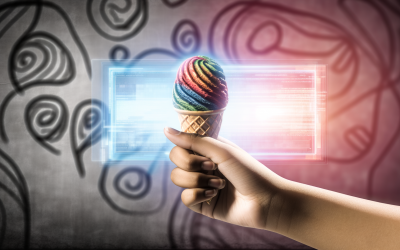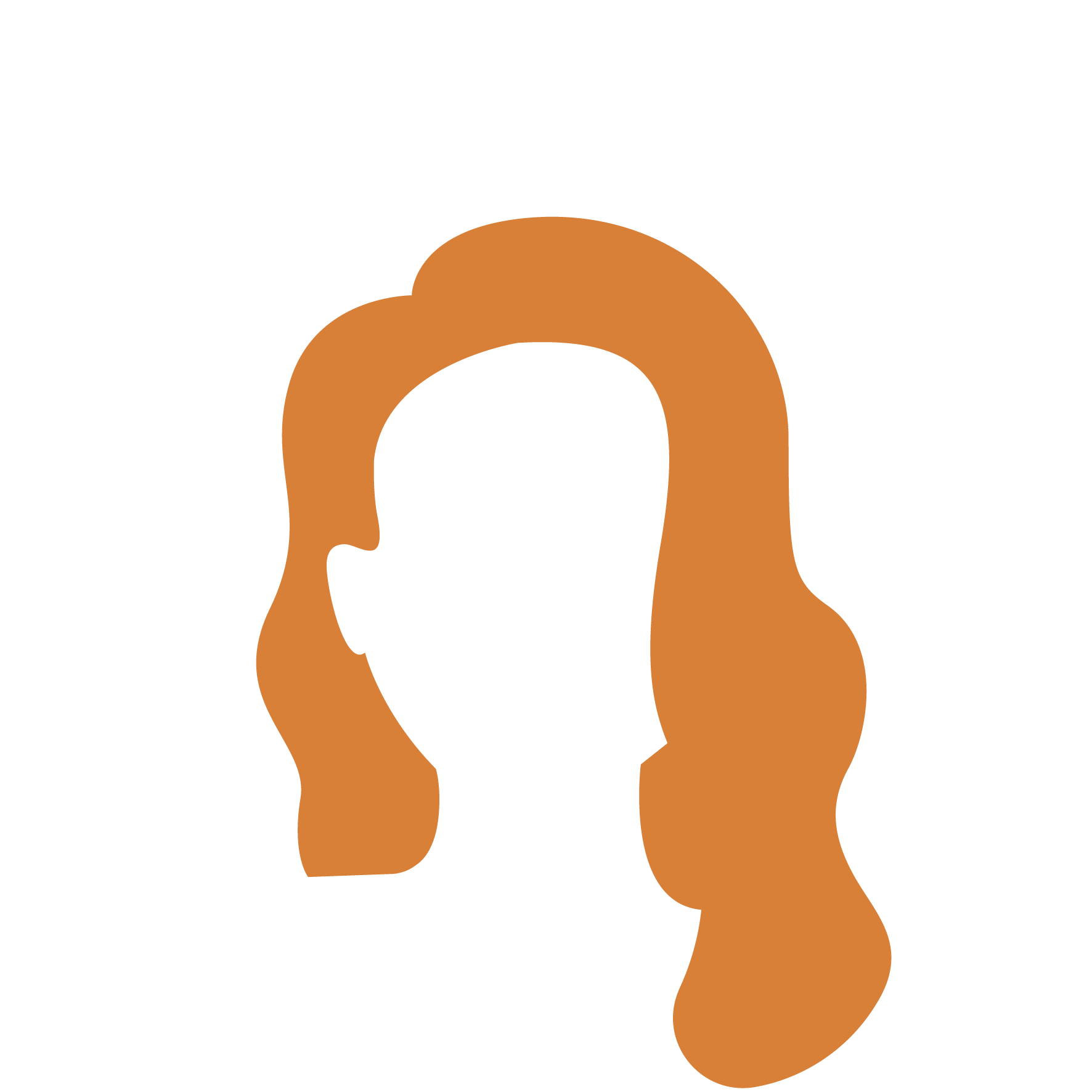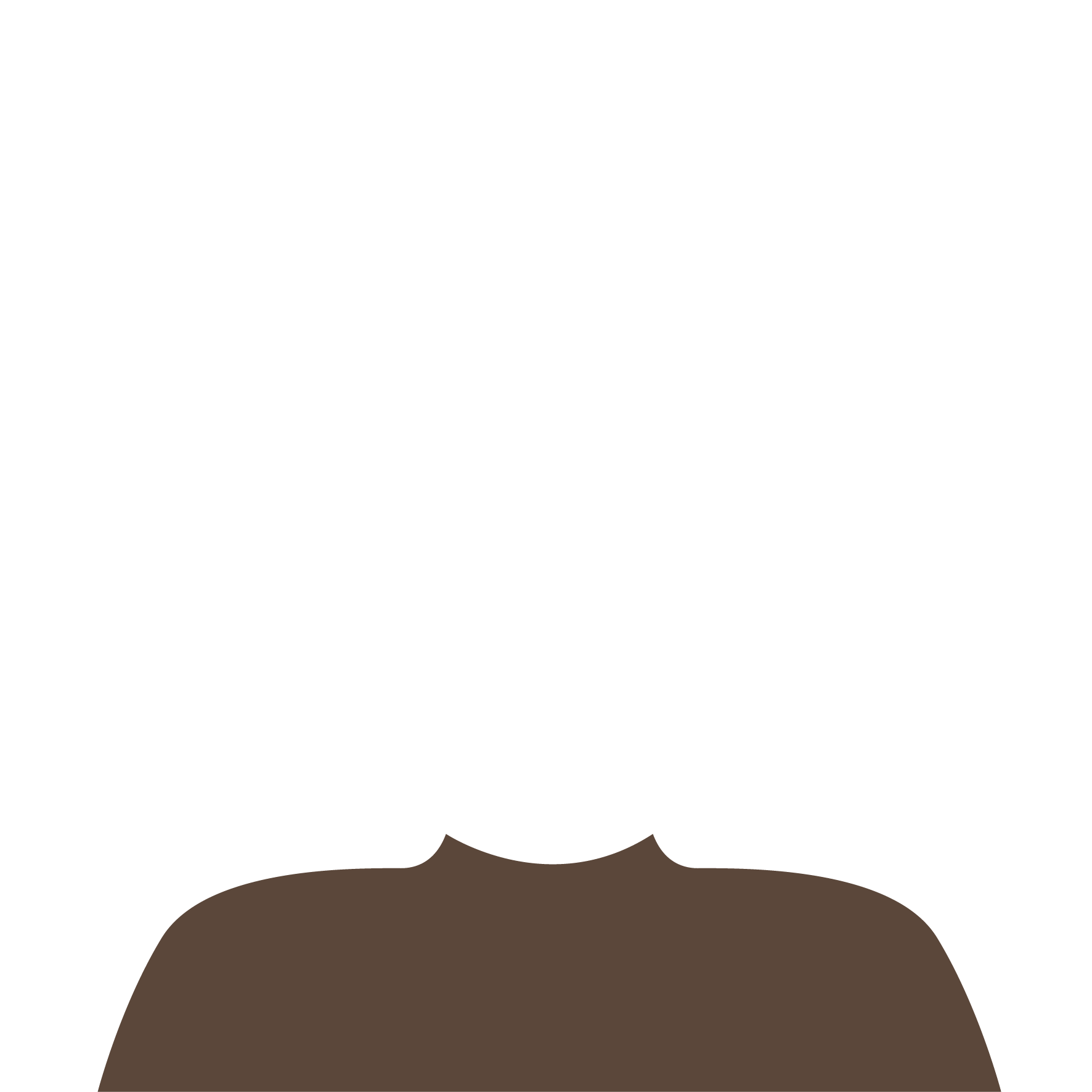



Why I Believe in the Power of Art
As an art therapist, I've seen first-hand how creativity can transform lives. There's something deeply powerful about putting paint to canvas, shaping clay with your hands, or even scribbling with crayons like a child. Art allows us to express emotions that words sometimes fail to capture. It gives us a safe space to explore feelings, process experiences, and, ultimately, heal.
For me, art has always been a form of self-expression. I studied psychology and visual arts at Warwick University, and it was there that I truly began to understand the connection between creativity and mental wellbeing. Over the years, I've worked with people from all walks of life, helping them use art as a tool for emotional regulation and self-discovery. And I've witnessed some incredible transformations along the way.
When Words Aren't Enough
We all experience moments when emotions feel overwhelming. Anxiety, sadness, frustration-these feelings can build up, and sometimes, talking about them just isn't enough. That's where art comes in. It bypasses the need for words and allows us to communicate in a different way. Through colour, shape, and texture, we can express what's going on inside us without having to explain it.
One of my clients, for example, came to me struggling with deep emotional pain. Traditional therapy hadn't worked for them, and they felt stuck. But when they started painting, something shifted. They began to explore their emotions in a more subconscious, dream-like state, and this opened doors to opportunities they hadn't even considered before.
Over time, their passion for painting grew. They experimented with surrealist techniques, drawing inspiration from artists like René Magritte. What started as a therapeutic exercise became something much bigger. They found their voice through art, and eventually, their work was exhibited at the National Galleries Scotland. It was an incredible journey to witness.
Art has a way of unlocking emotions we didn't even realise we were holding onto, allowing us to process and release them in a way that feels safe.
The Science Behind Creativity and Wellbeing
There's a reason why art is so effective for emotional regulation. When we engage in creative activities, our brains release dopamine, the feel-good neurotransmitter. This helps reduce stress and anxiety, making us feel more balanced and in control. Art also activates the right hemisphere of the brain, which is responsible for intuition, imagination, and emotion. This means that even if we're not consciously aware of what's bothering us, our subconscious can still work through it.
Studies have shown that engaging in creative activities can lower cortisol levels (the stress hormone), improve mood, and even boost self-esteem. It's no wonder that art therapy is used in hospitals, schools, and mental health settings around the world.
How to Use Art for Emotional Regulation
You don't have to be an artist to benefit from creative expression. The beauty of art therapy is that it's not about creating something perfect-it's about the process. Here are a few simple ways you can use art to regulate your emotions and promote wellbeing:
- Journaling with Art: Instead of writing about your feelings, try drawing them. Use colours and shapes to represent your emotions.
- Mindful Doodling: Grab a pen and let your hand move freely on the page. This can be a great way to calm the mind and focus on the present moment.
- Collage Making: Cut out images and words from magazines that resonate with you. Arrange them into a collage that reflects your current state of mind.
- Clay or Playdough Sculpting: Working with your hands can be incredibly grounding. Try shaping something that represents how you're feeling.
- Painting to Music: Put on a song that matches your mood and let the music guide your brushstrokes.
You don't have to be an artist to benefit from creative expression-art is about the process, not the end result.
Finding Your Own Creative Outlet
Everyone has a creative side, even if they don't think they do. The key is to find what works for you. Maybe it's painting, maybe it's knitting, maybe it's dancing in your living room. Whatever it is, give yourself permission to explore it without judgment.
Art has the power to heal and soothe.






